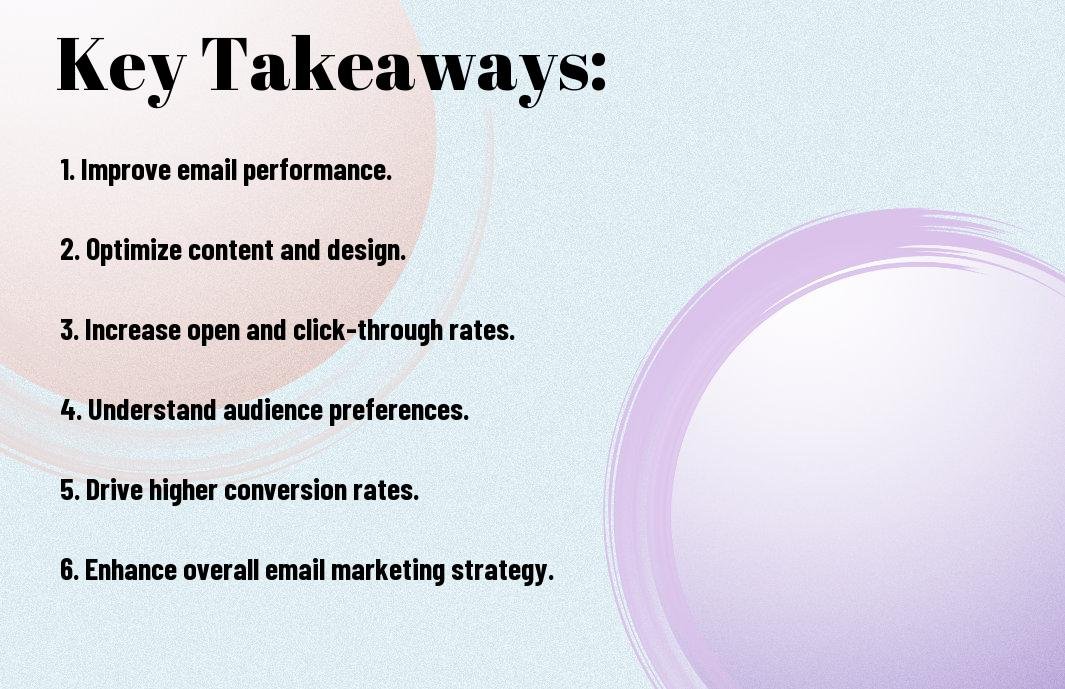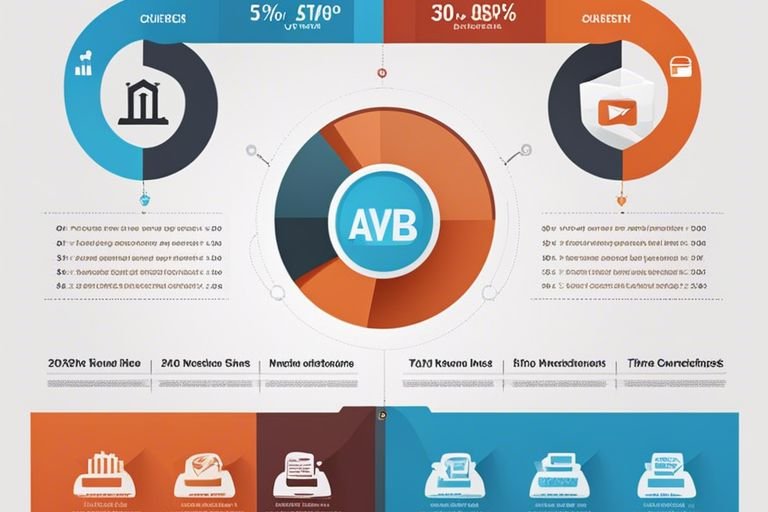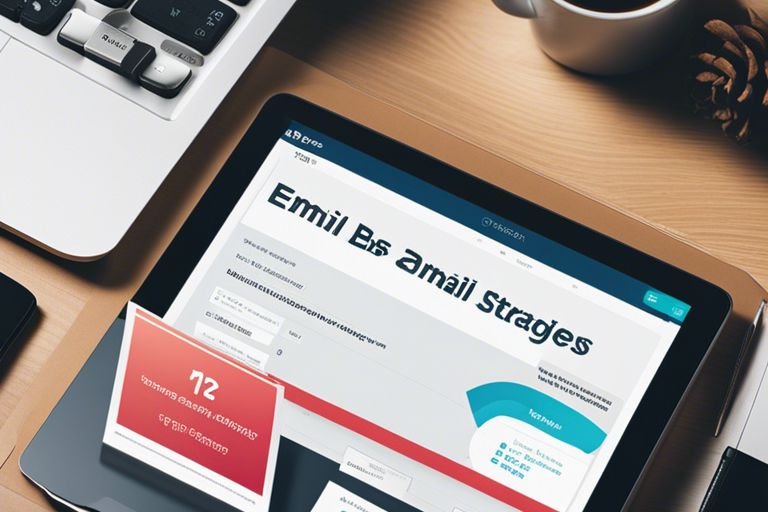Most successful email marketing campaigns rely on A/B testing to fine-tune their strategies and improve conversions. This powerful tool allows marketers to test different elements of their emails, such as subject lines, content, or calls-to-action, to optimize performance. Identifying what resonates with your audience can lead to higher open rates, click-through rates, and ultimately, more revenue. Neglecting A/B testing can result in missed opportunities and ineffective email campaigns. Dive into the imperative role that A/B testing plays in the world of email marketing to elevate your strategies and reach new heights of success.
Key Takeaways:
- Optimization: A/B testing helps in optimizing email marketing campaigns by testing different elements and strategies to identify the most effective ones.
- Performance Analysis: It allows for a detailed analysis of the performance of different email variations, providing insights into what resonates best with the audience.
- Enhanced Engagement: A/B testing enables marketers to tailor their emails based on audience preferences, leading to increased engagement and interaction with the content.
- Continuous Improvement: By continually testing and refining email strategies, businesses can stay ahead of the competition and achieve better results over time.
- Cost-Effective Strategy: A/B testing helps in making informed decisions on email content, design, and timing, ensuring that resources are utilized effectively for maximum ROI.


Understanding A/B Testing in Email Marketing
The Basics of A/B Testing
For successful email marketing campaigns, A/B testing is a crucial tool that allows marketers to compare different versions of their emails to determine which one performs better. This testing method involves sending two variations of an email to two separate segments of your subscriber list and analyzing which version yields higher open rates, click-through rates, and ultimately, conversions.
Key Metrics in A/B Testing for Email
Testing key metrics such as open rates, click-through rates, conversion rates, and engagement levels is necessary in determining the effectiveness of your email campaigns. Understanding these metrics will help you make informed decisions on what elements of your emails need improvement and what strategies are working well. Tracking these metrics consistently and making data-driven decisions will lead to more successful email marketing campaigns.
Email A/B testing is not just about comparing two versions of an email; it’s about understanding your audience’s preferences and behavior to optimize your email marketing strategy. By analyzing key metrics and making data-driven decisions, you can create more engaging and personalized email campaigns that resonate with your subscribers, ultimately leading to higher conversions and a stronger ROI. Recall, continuous testing and optimization are key to unlocking the full potential of your email marketing efforts.

Advantages of A/B Testing in Email Marketing
Enhanced Email Campaign Performance
Now, A/B testing in email marketing allows you to improve the performance of your email campaigns significantly. By testing different elements such as subject lines, call-to-action buttons, images, and content variations, you can identify what resonates best with your audience. This data-driven approach helps in optimizing your email content for better engagement and ultimately, higher conversion rates.
Improved User Engagement and Conversion Rates
For improved user engagement and conversion rates, A/B testing is a game-changer. It enables you to understand what drives user engagement and what encourages them to take action. By experimenting with different email components and analyzing the results, you can tailor your emails to meet the preferences of your audience. The insights gained through A/B testing can lead to a significant increase in both engagement and conversion rates.
An effective A/B testing strategy focuses on testing one element at a time to accurately measure its impact on user behavior. This approach helps in making informed decisions based on real data rather than assumptions, ultimately leading to a more personalized and impactful email marketing strategy. By continuously optimizing your email campaigns through A/B testing, you can ensure that you are delivering the most relevant content to your audience, driving higher engagement and conversion rates.

Implementing A/B Testing in Your Email Strategy
Unlike many other marketing strategies, A/B testing in email marketing allows you to compare two versions of an email to determine which one performs better in terms of open rates, click-through rates, and conversions. If you are unfamiliar with A/B testing, you can learn more about it in What Is A/B Testing in Email Marketing? The Essential Guide.
Designing Effective A/B Tests
The key to designing effective A/B tests in email marketing is to focus on one variable at a time. This could be the subject line, the call-to-action button, the sender’s name, or the email layout. By changing only one element in each test, you can accurately measure its impact on the overall performance of the email.
Best Practices for A/B Testing in Email Marketing
Effective A/B testing in email marketing requires attention to detail and a clear understanding of your goals. Start by defining what you want to achieve with each test, whether it’s increasing open rates, clicks, or conversions. Segment your audience to ensure that the results are relevant to the specific group you are targeting. Analyze the results carefully and make data-driven decisions to optimize your email campaigns.
Tests should be conducted regularly to keep up with changing trends and consumer behavior. Remember to always test one element at a time to accurately measure its impact. By following these best practices, you can fine-tune your email marketing strategy and achieve better results over time.
Analyzing and Applying A/B Test Results
Interpreting A/B Test Data
All successful email marketing campaigns rely on the effectiveness of A/B testing. To interpret A/B test data accurately, marketers must analyze the results meticulously. Look for patterns in open rates, click-through rates, and conversion rates. Identify which elements, such as subject lines, CTA buttons, or images, resonate best with your audience. By dissecting the data effectively, you can understand what drives engagement and conversion.
Making Data-Driven Decisions for Future Campaigns
To propel your email marketing strategy forward, you must make decisions based on the A/B test results. Test different variables in your email campaigns to see what works best for your audience. Experiment with content, design, timing, and personalization to optimize your campaigns. By making data-driven decisions, you can refine your strategies continuously and achieve better results over time.
Decisions made based on A/B test results can have a significant impact on the success of your email marketing campaigns. By implementing changes backed by data, you can improve engagement, increase conversions, and ultimately boost ROI. It is vital to learn from each A/B test and apply those insights to enhance your email marketing efforts effectively.
Summing up
Upon reflecting on the importance of A/B testing in email marketing, it is clear that this strategy is an invaluable tool for optimizing campaign performance, enhancing audience engagement, and ultimately achieving higher conversion rates. By systematically testing different variables and analyzing the results, businesses can gain valuable insights into their target audience’s preferences and behaviors. This data-driven approach allows for informed decision-making, leading to more effective and personalized email campaigns. Overall, A/B testing plays a crucial role in improving the effectiveness of email marketing efforts and should be a staple in any successful digital marketing strategy.
FAQ
Q: What Is A/B Testing in Email Marketing?
A: A/B testing, also known as split testing, is a method of comparing two versions of a marketing campaign to determine which one performs better. In email marketing, A/B testing involves sending two variations of an email to different segments of your audience to see which one yields better results.
Q: Why Is A/B Testing Important in Email Marketing?
A: A/B testing is crucial in email marketing because it allows you to make data-driven decisions to optimize your email campaigns. By testing different elements like subject lines, call-to-action buttons, images, and content, you can identify what resonates best with your audience and improve your email performance.
Q: What Are the Benefits of A/B Testing in Email Marketing?
A: A/B testing helps you understand your audience better, improve engagement rates, increase conversions, and ultimately, drive more revenue. It also enables you to refine your email strategy over time, leading to more effective and targeted campaigns.
Q: How Can I Conduct A/B Testing in Email Marketing?
A: To conduct A/B testing in email marketing, start by defining your objectives and selecting the elements you want to test. Then, segment your audience and create two variations of your email with one key difference between them. Measure the results based on your goals and use the data to make informed decisions for future campaigns.
Q: What are the Best Practices for A/B Testing in Email Marketing?
A: Some best practices for A/B testing in email marketing include testing one element at a time, ensuring your test sample is statistically significant, analyzing the results accurately, and applying the learnings to future campaigns. It’s also crucial to continue testing regularly to stay ahead of trends and maintain high performance levels.

